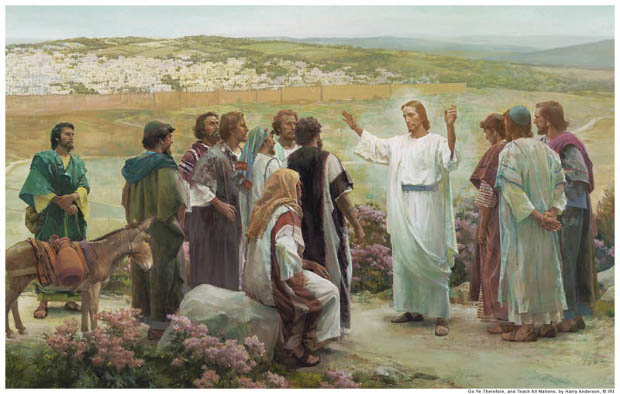Did you know that Jesus has 322,908 twitter followers? Well he is still trailing Beiber,but considering he is 2000 years old and going, it should not be a worry. And he definitely is not alone now. More and more religious leaders are joining the Twitter and Facebook worlds, perhaps after asking themselves, What Would Jesus Do?
Jokes apart, social media is gaining serious popularity with leaders of the church as a new way to interact with a wider population. According to a study done by LifeWay Research, more than half of the Protestant churches in the United States now maintain a Facebook page with regular updates. Nothing new - It's the same strategy that organized religion has relied on for centuries: spreading a message by creating a clear channel of followers.

What's driving the shift?
What's the secret behind this sudden momentum? Clearly, the current generation which grew up using computers is approaching their mid to late 20s. Further the coming generations also falls into this same category. It is this realization that made the religious leaders think about the need to develop new methods in order to reach out to this emerging group.
Here is an experience in the word's of a priest himself. Rabbi David Wolpe, the senior rabbi at Sinai Temple in Los Angeles, recalls going to breakfast a few years ago with Greg Waldorf, the former CEO of eHarmony: “He asked me if I had a Facebook page. I said no, and he asked why not. I said, because I’m a rabbi. Greg said, do you want anyone under 40 to listen to what you have to say? Ok, then we’re going to get you a Facebook page.”
For the under-30 age group, social media is a prime mode of communication. Websites like Facebook and Twitter allow clergy members to engage in dialogue with a few hundred thousand people, instead of just the few hundred within their congregation.
The other opinion - It destroys tradition.
While many clergy members have embraced the new use of social media, others have expressed deep concerns that it is eliminating one of the crucial components of religious practice:human interaction. specifically the act of physically gathering together to worship. For he past few years, church leaders have been raising concerns over the unprecedented decline in turnout for services.
In his popular blog post, How Facebook Killed Church, Richard Beck maintains the decline is due to technology: “the thing that kept young people going to church, despite their irritations, has been effectively replaced.
"You don’t need to go to church to stay connected or in touch. You have an iPhone."
Final Verdict
Even with the outcries from several corners, the church as a whole is definitely inclining towards the modern social media. The recent iphone app for confeesions is a classic example showing the blessing of even the pop for the new trends. With the emerging changes in the lifestyle of believers, this is certainly a departure from the old norms, that doesn’t mean it’s necessarily a negative shift.
May 18, 2011